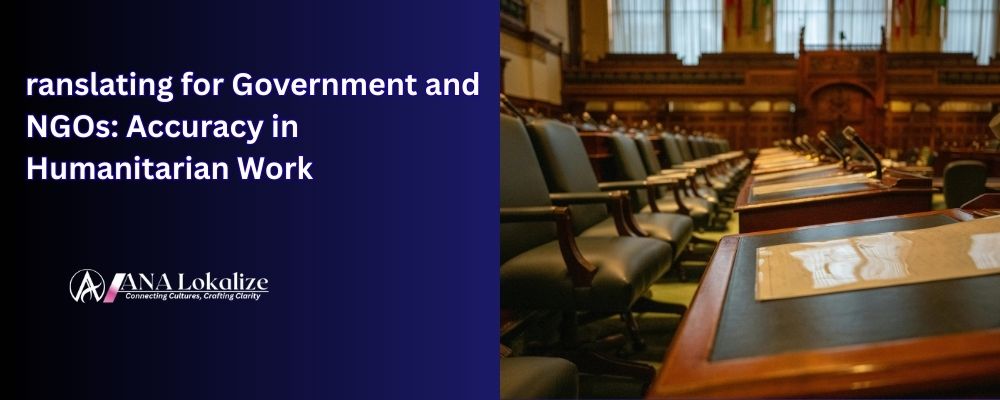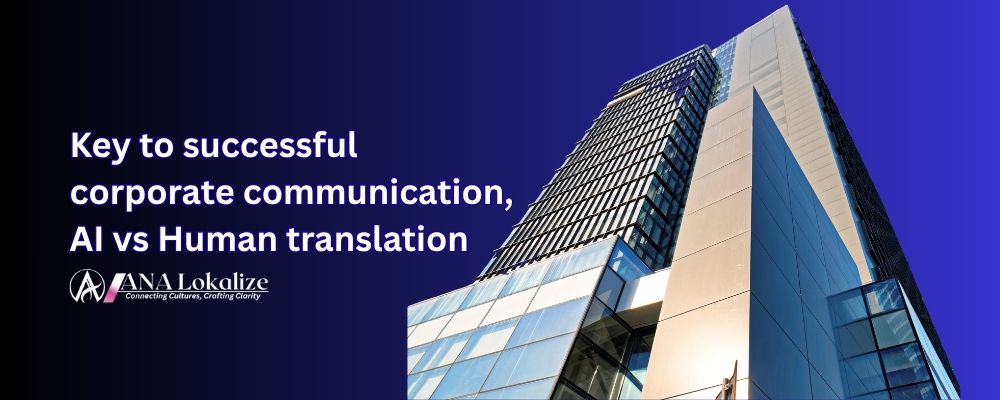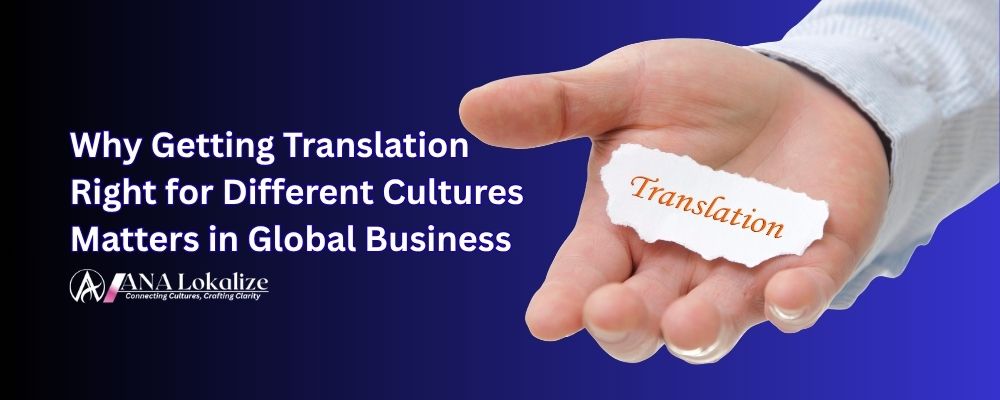Translating for Government and NGOs: Accuracy in Humanitarian Work

. The Role of Language in Humanitarian Efforts
Language is the cornerstone of effective humanitarian work. It impacts:
Emergency Response: During natural disasters or conflicts, translated evacuation notices, medical instructions, and relief guidelines must be clear and accessible.
Legal Protection: Refugees and asylum seekers require translated documents to navigate complex immigration systems and assert their rights.
Healthcare Services: Accurate translations of medical records, prescriptions, and health campaigns ensure the safe delivery of care.
Community Engagement: NGOs often work with vulnerable populations whose trust depends on respectful, culturally sensitive communication.
Without translation, humanitarian messages may fail to reach those who need them most, undermining the very purpose of aid efforts.
2. Governments, NGOs, and the Multilingual Challenge
Humanitarian work is inherently multilingual. Governments often partner with international NGOs, and both must operate in diverse regions where dozens of languages and dialects coexist. Some examples include:
Refugee Camps: Populations may speak multiple languages, making communication with aid providers complex.
Global Health Initiatives: Vaccination campaigns or pandemic responses require multilingual outreach across continents.
Disaster Relief: International aid workers arriving in affected countries must communicate with local communities and authorities.
In each scenario, accurate translation helps bridge cultural divides and fosters trust between aid providers and recipients.
3. Why Accuracy Matters
In everyday life, a mistranslation might cause embarrassment or minor confusion. In humanitarian work, however, the stakes are far higher:
Medical Risks: A poorly translated dosage instruction can endanger lives.
Legal Consequences: Inaccurate translations of asylum applications may lead to wrongful rejection.
Resource Misallocation: Misunderstood requests or reports can divert aid away from those who need it most.
Loss of Trust: Beneficiaries may lose confidence in aid providers if messages appear unclear or inconsistent.
For governments and NGOs, accuracy in translation directly correlates with credibility, safety, and effectiveness.
4. Certified and Specialized Translators
Humanitarian work demands more than general language skills. Translators must often be certified and specialized in fields such as law, healthcare, or disaster management. For example:
Legal Translators: Handle asylum applications, resettlement paperwork, and agreements.
Medical Translators: Translate health information leaflets, patient records, and medical training materials.
Technical Translators: Work on manuals for water purification systems, food distribution, or shelter construction.
Specialization ensures that the terminology is accurate, contextually appropriate, and compliant with international standards.
5. Cultural Sensitivity and Localization
Humanitarian translation is not just about converting words from one language to another—it requires cultural sensitivity. Governments and NGOs must ensure that translations respect local customs, idioms, and contexts.
For instance, health campaigns about vaccinations may need to address local beliefs and fears. Similarly, gender-sensitive translations are crucial in societies where communication norms differ between men and women. By adapting messages to cultural contexts, NGOs can prevent misunderstandings and encourage community participation.
6. Technology in Humanitarian Translation
Technology has revolutionized translation work, but it cannot replace human expertise in sensitive humanitarian contexts. Tools such as machine translation, translation memory, and terminology databases can accelerate the process, especially when dealing with repetitive documents. However, automated systems often fail to capture nuance, cultural meaning, or urgent tone.
The best approach is a hybrid model: using technology for efficiency while relying on professional translators for quality assurance. For example, NGOs may use machine translation for bulk content but assign human translators to review and certify critical materials.
7. Challenges in Humanitarian Translation
Despite its importance, humanitarian translation faces significant obstacles:
Resource Constraints: NGOs often operate on tight budgets, limiting access to professional translation services.
Time Sensitivity: Emergency situations require fast yet accurate translations, which can strain available resources.
Rare Languages: Some communities speak minority or indigenous languages for which few trained translators exist.
Security Concerns: Translators in conflict zones may face threats, making their work both difficult and dangerous.
Addressing these challenges requires investment in translator training, collaboration with local communities, and leveraging technology responsibly.
8. Case Studies
Syrian Refugee Crisis: NGOs working with displaced Syrians relied heavily on Arabic-English translations to process asylum applications, deliver aid instructions, and provide psychological support. Inaccurate translations would have severely hindered resettlement efforts.
COVID-19 Pandemic: Governments and NGOs worldwide translated health guidelines into multiple languages to ensure compliance across diverse populations. Accuracy was vital in conveying life-saving precautions.
Hurricane Relief Efforts in the Caribbean: Multilingual translation of evacuation orders and aid distribution instructions ensured that communities speaking Spanish, English, and Creole received consistent information.
These cases illustrate how translation is directly tied to humanitarian outcomes.
9. Best Practices for NGOs and Governments
To improve translation accuracy in humanitarian work, organizations should:
Engage Certified Professionals: Always prioritize qualified translators over volunteers for critical documents.
Build Glossaries: Maintain standardized terminology across campaigns.
Train Field Staff: Offer basic language training to aid workers for frontline communication.
Partner Locally: Collaborate with community leaders and local translators for cultural insights.
Invest in Technology: Use digital tools to streamline workflows while maintaining human oversight.
By institutionalizing these practices, governments and NGOs can strengthen both the quality and impact of their humanitarian efforts.
Conclusion
In humanitarian work, words save lives. For governments and NGOs, accurate translation is more than a technical requirement—it is a moral obligation. It ensures that refugees understand their rights, patients receive the right treatment, and disaster survivors access life-saving aid.
As humanitarian challenges grow in complexity, the demand for multilingual communication will continue to rise. By investing in professional translation services, fostering cultural sensitivity, and embracing technology responsibly, governments and NGOs can ensure that their humanitarian missions remain inclusive, effective, and trustworthy.
Stephane B. Atangana
Professional translation and localization experts with 10 years of experience in helping businesses connect with global audiences.
Search Articles
Related Articles

key to successful corporate communication, AI vs Human translation

Why Getting Translation Right for Different Cultures Matters in Global Business

Translation vs. Localization: Why the Difference Is a Big Deal
Subscribe to Our Newsletter
Get the latest translation insights and industry news delivered to your inbox.
We respect your privacy. Unsubscribe at any time.
